What is a hydraulic actuator?
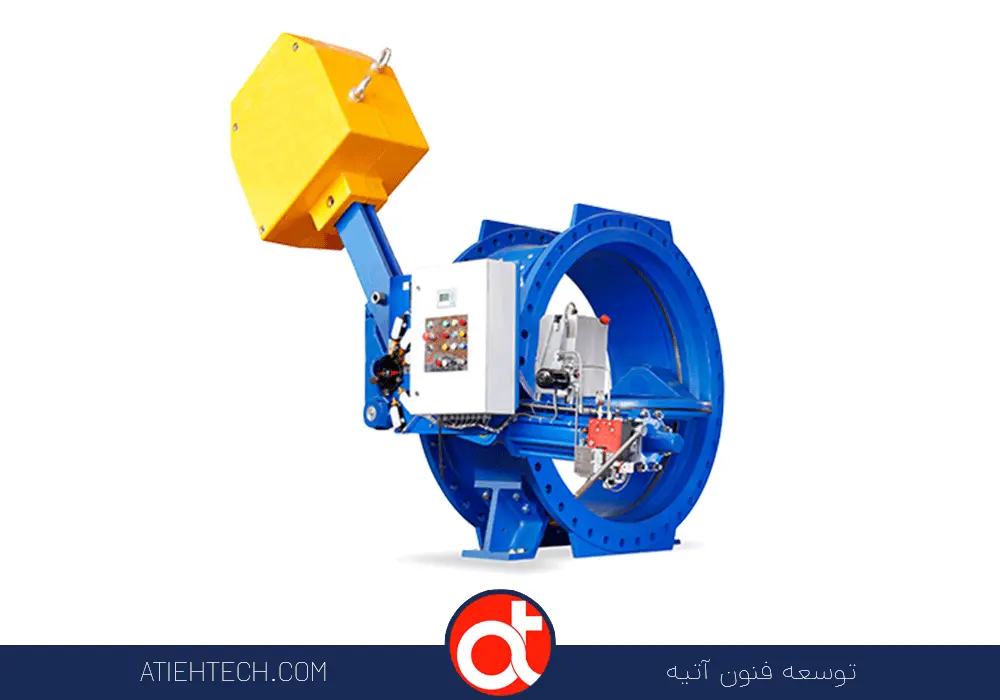
What is a hydraulic actuator?
What is a hydraulic actuator: A device that converts hydraulic energy into mechanical motion. This energy conversion is accomplished by the pressure of hydraulic fluid inside a cylinder. Hydraulic actuators can produce linear or rotary motion and are typically used in systems that require precise movement and control.
Hydraulic Actuator: A Comprehensive Review
What is a hydraulic actuator: It is the main body of automation and control systems in various industries. These devices are widely used in mechanical, automotive, aerospace, oil and gas industries and many other fields. This article explains the concept, function, types, advantages, disadvantages and applications of hydraulic actuators and examines the characteristics of each section in detail.
How a hydraulic actuator works
The function of the hydraulic actuator is as follows:
Hydraulic pump: A pump generates hydraulic energy. It uses a motor (usually electric or diesel) to increase the pressure of the fluid.
Pressure generation: Hydraulic fluid (usually oil) is transferred under high pressure into the hydraulic cylinder.
Piston motion: Fluid pressure acts on a piston inside a cylinder, causing it to move. This motion can be linear or rotational, depending on the actuator design.
Flow control: The control valves used in the system allow for directing and regulating the flow of fluid in the directions needed.
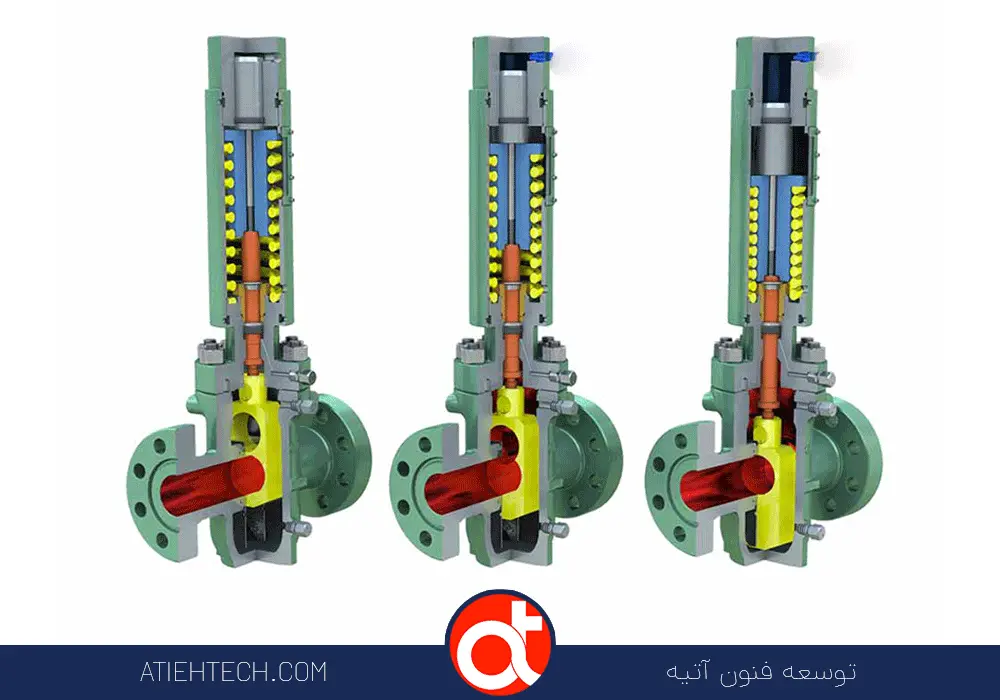
Main components of hydraulic actuator
Hydraulic actuators consist of several key components, each with its own specific function:
Hydraulic pump: The main component responsible for creating pressure. Types of pumps include gear, vane, and piston pumps.
Hydraulic cylinder: A chamber in which the piston moves and hydraulic energy is converted into mechanical motion.
Piston: A disk that moves under fluid pressure and creates the necessary force.
Control valves: Used to regulate and control fluid flow.
Seal rings: They are placed to prevent fluid leakage and maintain pressure in the system.
Types of hydraulic actuators
Hydraulic actuators can be divided into several categories based on the type of movement and design:
Linear: This type of actuator creates linear movements and is used in many industries such as production lines and automotive manufacturing.
Rotary: This model is designed to produce rotary motion and is commonly used in the motor industry and mechanical systems.
Two-state: These actuators control only two specific states (on and off) and are suitable for applications that require less precision.
Variable: These types of actuators are capable of continuously changing position and are used in more complex systems.
Hydraulic actuator application
Hydraulic actuators are used in various fields and a wide range of applications:
Automotive industry: in braking, steering, and seat adjustment systems.
Mechanical Engineering: In heavy machinery such as loaders, cranes, and construction equipment.
Oil and gas industry: in performing underground operations and controlling valves.
HVAC systems: To regulate temperature and pressure in large buildings.
Factory automation systems: In production lines for material handling and management.
Advantages and disadvantages of hydraulic actuators
benefits
High power: Hydraulic actuators can produce very high forces, while being smaller in size and weight than electrical systems.
Speed of operation: These systems are usually much faster than electrical systems and can perform well in harsh and variable environments.
Precise control capability: The ability to control valves and pressure through advanced technologies provides very high precision in motion control.
Resistance to harsh conditions: Hydraulic actuators can be used in harsh conditions and under heavy loads while observing safety precautions.
Disadvantages
System complexity: Hydraulic systems typically consist of more components than electrical systems, and this may lead to maintenance complexity.
Oil leaks: Any leaks in the hydraulic system can lead to serious problems including reduced system pressure and environmental impacts.
Cost: Installing and operating a hydraulic system can be expensive, especially compared to electrical systems.
Maintenance Required: Hydraulic systems require regular maintenance to ensure proper functioning.
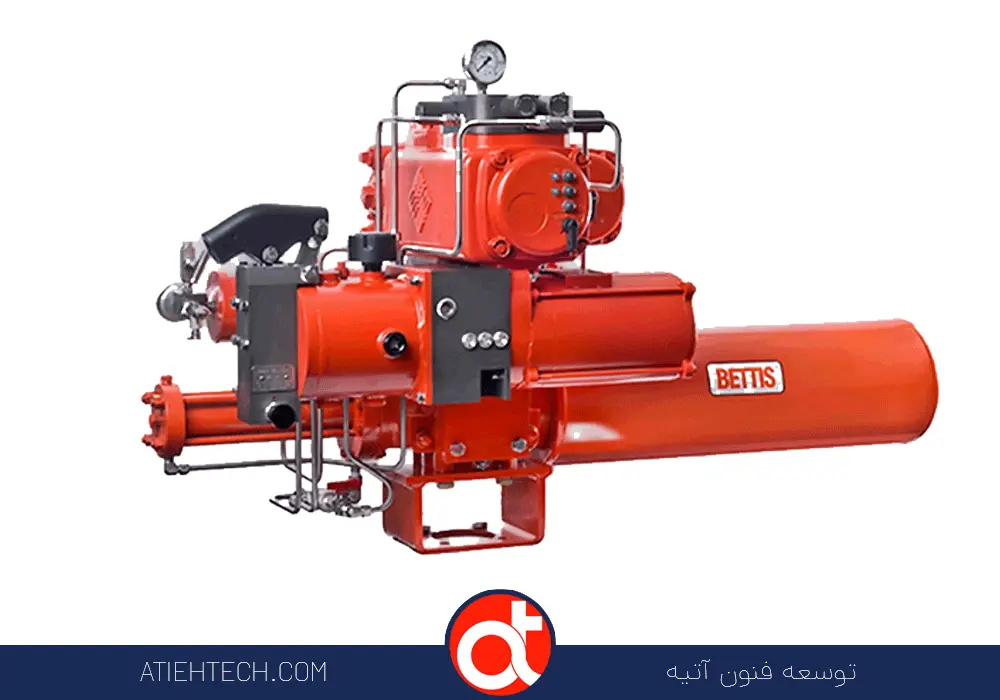
Solutions to improve hydraulic actuator performance
To improve the performance of hydraulic actuators and reduce their disadvantages, the following solutions can be effective:
Use of new technologies: Implementing new technologies in the design of pumps and valves to increase efficiency and reduce costs.
Regular maintenance: Planning for periodic maintenance and repairs to prevent breakdowns and leaks.
Use of quality materials: Selection of corrosion and wear-resistant materials to extend the life of the system.
Training activities: Training operators on best practices for using and maintaining systems.
The Future of Hydraulic Actuators
As automation and the need for more efficient systems in industries become more prominent, hydraulic actuators are expected to become a key component in the future. Improvements in hydraulic technologies, integration with artificial intelligence and Internet of Things (IoT) systems can lead to increased applications and efficiency.
In the future, it can be expected that hydraulic systems will move towards the use of new fluids and alternative technologies, in response to environmental advances and the reduction of negative impacts on the environment.
conclusion
What is a hydraulic actuator: As one of the main components of industrial and automatic control systems, they play an important role in improving the efficiency and performance of various industries. Considering their advantages and disadvantages, the correct selection and use of these tools can significantly improve the performance of industrial systems.
By better understanding these systems and their associated technologies, we can move towards new and improved applications in the future that will help address existing challenges in industries.

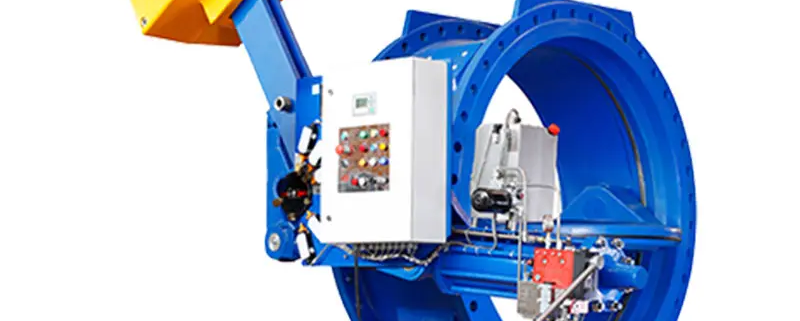

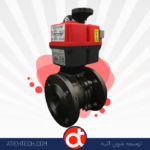
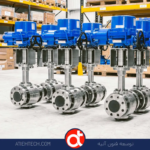

Leave a Reply
Want to join the discussion?Feel free to contribute!